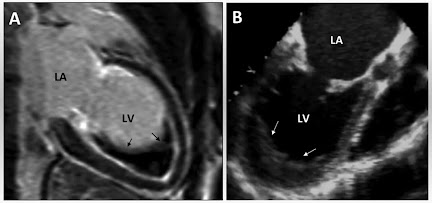Digestion of carbohydrate
Definition
Brockendown of big food particles into small food particles by the chemical process, which can be absorb and use as a nutrients.
The enzyme which help in digestion of carbohydrate called amylolytic enzyme.
Classification of carbohydrates
1. Monosaccharide - Hexoxes ( glucose ) , Pantoses.
2. Disaccharide - Sucrose ( Glucose + Fructose ), Lactose ( Glucose + Galactose )
3. Polysaccharide - Starch, Glycogen, Amylose.
 |
| Enzymes of digestion of carbohydrate |
Digestion in mouth
Mouth secrets saliva which contain salivary amylase/ ptylin /ptyalin. This enzyme act as amylolytic enzyme. This enzyme acts on starch and converts into dextrose and maltose.Ptyalin inactive in highly acidic medium, so when food reach in stomach then ptyalin is inactive due to increase acidity.
Digestion in stomach
Gastric juice contain a enzyme called gastric amylase, which is a very weak enzyme so it's function is negligible in stomach.Digestion in intestine
Intestine have two juices...1. Pancreatic juice
2. Succus entericus / Intestinal juice
Pancreatic juice
It contain pancreatic amylase which act on starch and converts into maltose and dextrose.Intestinal juice
This juice contain many enzymes...1. Sucrase - it act on sucrose and convert into glucose
2. Maltase - it act on maltose and convert into glucose
3. Lactase - it act on lactose and convert into glucose and galactose
4. Dextrinase - it act on dextrose and convert into glucose
- Carbohydrate absorb from small intestine in the form of glucose (80%), fructose and galactose (20%).






No comments:
Post a Comment
Please do not enter any spam link in the comment box